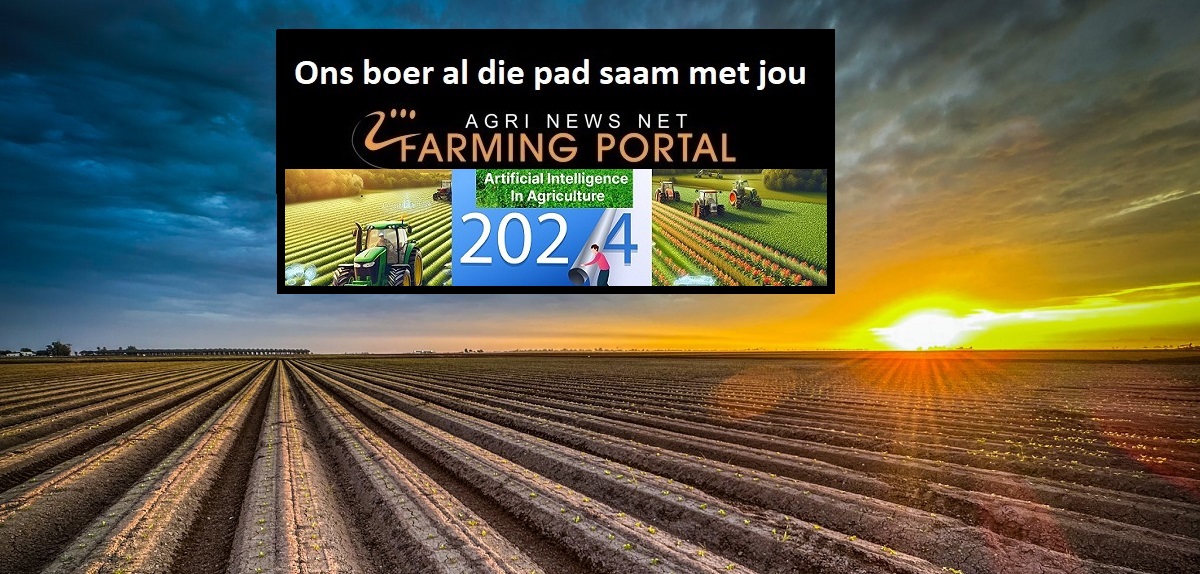They have huge potential, if managed sustainably, to become a major source of welfare, income and renewable products as part of a more healthy global economy. However, a major shift in thinking is needed so that this potential – worth trillions of USD in net benefits globally – is harnessed. In short, we need to change the way that people think about wood. Wood is renewable, recyclable, climate friendly and incredibly versatile. It is one of humanity’s most ancient raw materials, yet thanks to innovations in wood-based product development, it can take us into the future, replacing fossil and mineral-based materials with heavier carbon footprints.
Wood as a solution
In May, the World Meteorological Organization warned that there is now a 50:50 chance of average global temperature reaching 1.5 degrees Celsius above pre-industrial levels in the next five years. A huge effort is needed to change the way we live, and wood is part of the solution. Wood can play a key role in substituting single-use plastics, from drinking straws to food packaging, as part of the global movement to end plastic pollution. Equally, wood and its derivatives offer realistic alternatives to steel, concrete and textile fibres that are kinder to the Planet.
Earlier this year, the XV World Forestry Congress – the world’s largest ever gathering on forests – called for the full potential of legal, sustainably produced wood to be used to transform the building sector, provide renewable energy and innovative new materials, and move towards a circular bio-economy and climate neutrality. In addition, ministerial representatives from Austria, Cameroon, Gabon, Japan, Peru and the Republic of Korea issued a call to scale up efforts to promote and use sustainable wood within the wider framework of ongoing work to protect forests and restore degraded land.
 Forestry and forest products sector releases global sustainability progress report
Forestry and forest products sector releases global sustainability progress report
How to do it
So what needs to happen to make this a reality? First, it is time to feed the global desire to avert environmental disaster with clear and urgent messaging on how to do it. In addition to communicating the benefits of wood more effectively, we need to address the widely held misconception that cutting down trees is never a good idea. To do that we also need to improve understanding of how sustainable forest management works. Secondly, we need to move faster towards economies that replace carbon-intensive materials with wood-based products where possible. Globally, an estimated 3 billion people will need new housing by 2030, which translates to some 300 million new dwellings. As the buildings and construction sector currently emits almost 40 percent of energy-related global greenhouse gas emissions, switching to innovative wood-based building materials instead of concrete and steel could make a major difference to the environment. It would have additional benefits for economies and livelihoods: estimates show that wood production and primary processing to meet expected demand for housing in Africa by 2050 would contribute up to USD 83 billion to the region’s economy and create 25 million jobs, for example.
Thirdly, we need to ensure that forests are healthy and flourishing as a prerequisite for a circular bio-economy based on sustainable wood. With agriculture driving nearly 90 percent of deforestation, this means addressing how agriculture is financed, and removing incentives that drive deforestation. It also means coordinating climate and land restoration projects with the production of sustainable wood. So-called “green” financing has enormous potential to benefit the environment, people on the land, and investors. And we need to triple investment in forest and landscape restoration by 2030 to meet internationally agreed goals and targets. Finally, governments, producers and consumers need to work together to halt the trade of illegal wood, including through transparent timber legality standards, public procurement policies and informed consumer choices.
Wood. Can we still call it that?
As the Food and Agriculture Organization of the United Nations outlines in its flagship report, The State of the World’s Forests 2022, increasing sustainable forest use and developing sustainable forest-based value chains is fundamental to support green recovery and resilient economies. But we must act now to make a difference for future generations by reimagining and repurposing one of the Planet’s oldest natural resources. With sustainably produced wood, we can grow the solution.
Against the backdrop of the Glasgow Leaders’ Declaration on Forests and Land Use and the pledge of 140 countries to eliminate forest loss by 2030 and to support restoration and sustainable forestry, the 2022 edition of The State of the World’s Forests (SOFO) explores the potential of three forest pathways for achieving green recovery and tackling multidimensional planetary crises, including climate change and biodiversity loss.
The three interrelated pathways are halting deforestation and maintaining forests; restoring degraded lands and expanding agroforestry; and sustainably using forests and building green value chains. The balanced, simultaneous pursuit of these pathways can generate sustainable economic and social benefits for countries and their rural communities, help sustainably meet increasing global demand for materials, and address environmental challenges.
The State of the World’s Forests 2022 presents evidence on the feasibility and value of these pathways and outlines initial steps that could be taken to further pursue them. There is no time to lose – action is needed now to keep the global temperature increase below 1.5 °C, reduce the risk of future pandemics, ensure food security and nutrition for all, eliminate poverty, conserve the planet’s biodiversity and offer young people hope of a better world and a better future for all.















